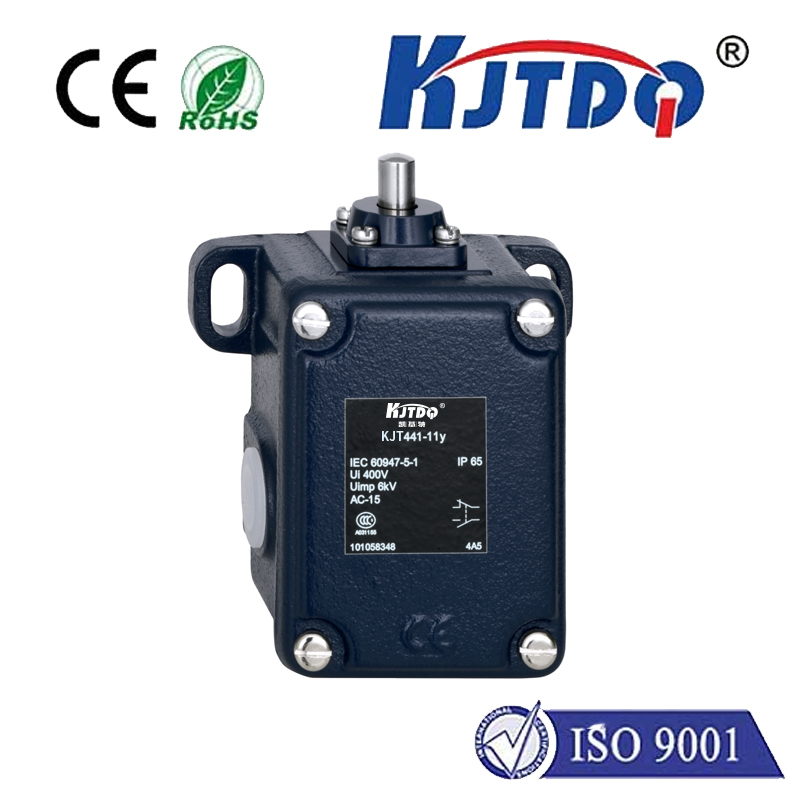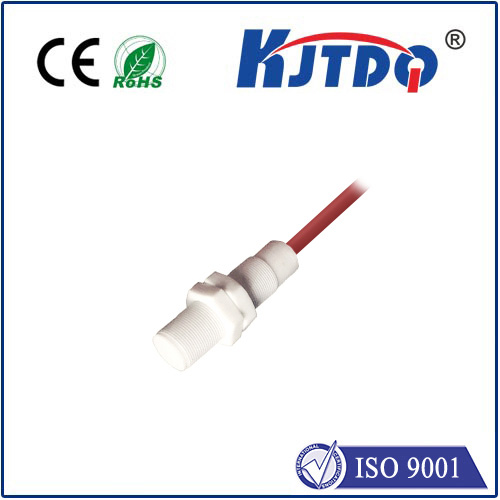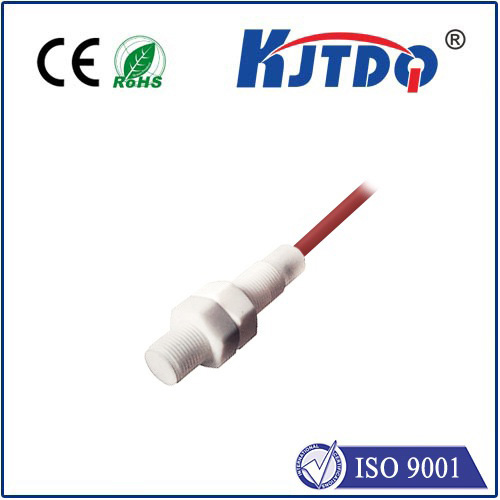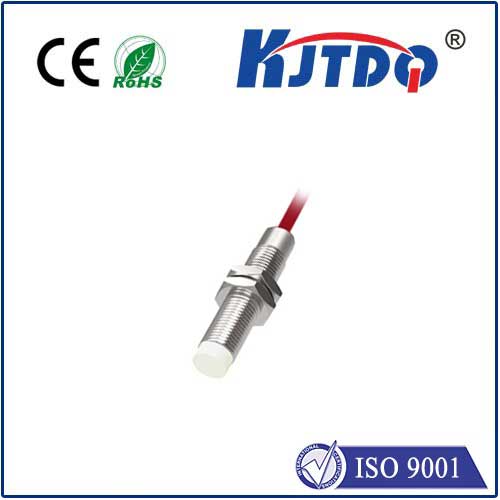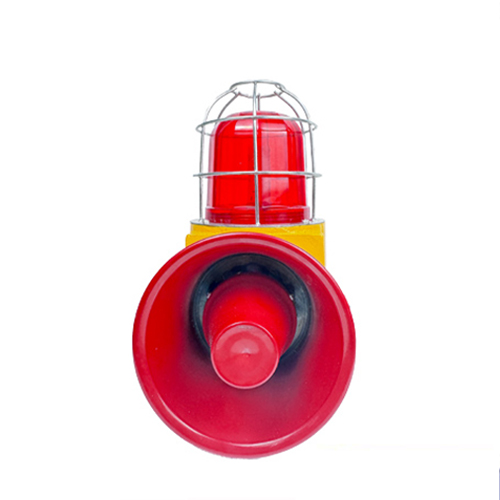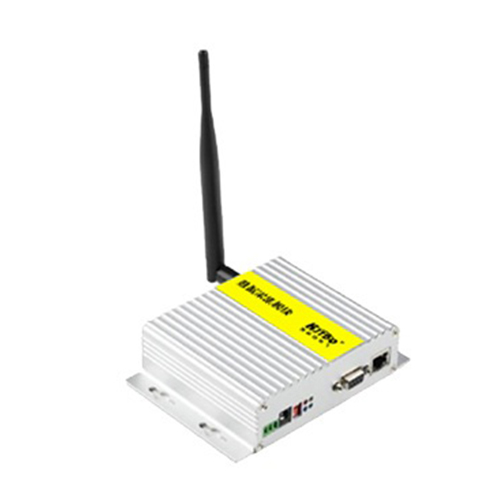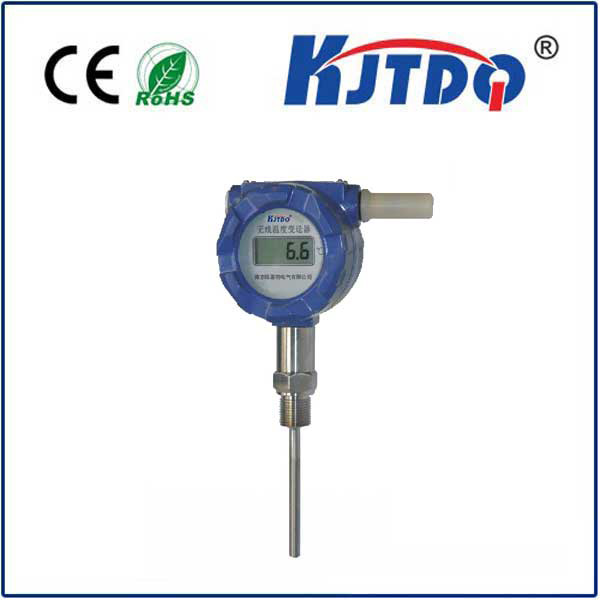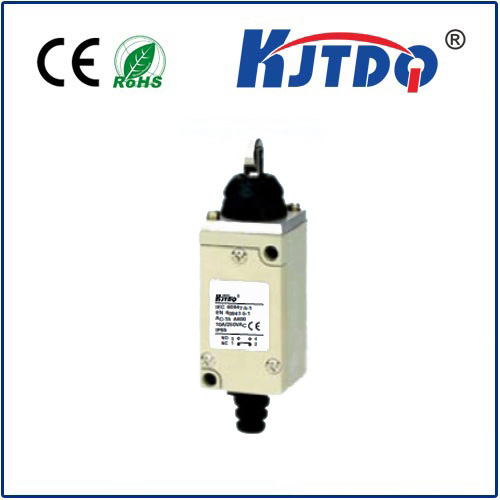

check

check

check

check

check

check

check

check

check

check
Title: The Advancements and Applications of Infrared Laser Sensors
Introduction:
The development of infrared laser sensors has brought significant advancements in various industries. These sensors have become an indispensable part of modern technology, enabling machines to detect and measure the distance, temperature, and position of objects without physical contact. In this article, we will explore the evolution of infrared laser sensors and their diverse applications in different sectors.
Evolution of Infrared Laser Sensors:
Infrared laser sensors date back to the 1960s when researchers began studying the properties of infrared light. The initial versions of these sensors were bulky and expensive, making them unsuitable for mainstream use. However, with advancements in technology, infrared laser sensors have become smaller, more accurate, and cost-effective. Today, they are available in a wide range of configurations, including time-of-flight (ToF), reflection-based, and spot-based sensors.
Applications of Infrared Laser Sensors:

1. Automotive Industry:
In the automotive industry, infrared laser sensors are used to monitor traffic lights, pedestrian crossings, and other safety features. They help prevent accidents by detecting obstacles in the path of vehicles and alerting drivers to potential hazards.
2. Manufacturing Industry:
Infrared laser sensors are employed in manufacturing processes for quality control, inspection, and automation. By measuring the temperature and texture of materials, these sensors ensure that products meet specified standards and reduce waste in production processes.
3. Healthcare Industry:
Infrared laser sensors have found applications in healthcare settings for non-invasive diagnostics and monitoring. For example, they can be used to measure body temperature, blood oxygen levels, and heart rate, providing valuable insights into a person's health status.
4. Security and Surveillance:
Infrared laser sensors are commonly used in security systems for perimeter detection, facial recognition, and object tracking. They allow security personnel to monitor areas effectively and respond promptly to any suspicious activities.
5. Environmental Monitoring:
Infrared laser sensors can be used to monitor weather patterns, air quality, and water quality. By detecting changes in temperature, humidity, or chemical composition, these sensors help environmentalists make informed decisions about conservation efforts and public safety.
Conclusion:
The advancements in infrared laser sensors have revolutionized numerous industries by providing accurate and efficient solutions to complex problems. As technology continues to evolve, we can expect to see even more innovative applications of these sensors in the future. From improving transportation safety to enhancing environmental monitoring capabilities, infrared laser sensors have proven to be a game-changer in many aspects of modern life.
